When a loved one passes away in Texas, their estate, including any family homes, often undergoes probate. For those unfamiliar with it, transferring ownership of a family home through probate might seem overwhelming. This guide aims to simplify the process, providing a clear understanding of what to expect and the steps involved.
Understanding Probate in Texas
Probate is the court-supervised process of authenticating a deceased person’s will, identifying and inventorying the decedent’s property, appraising the property, paying debts and taxes, and distributing the remaining assets to the beneficiaries. In Texas, the robate process is designed to be relatively straightforward. However, it can become complex when real estate, such as a family home, is involved.
Types of Probate in Texas
Texas offers several probate procedures, depending on the complexity of the estate:
- Independent Administration: This is the most common and least burdensome form of probate. Here, the executor administers the estate with minimal court supervision, making it a faster and more cost-effective process.
- Dependent Administration: This type of probate requires court supervision for every step the executor takes, However, it can be time-consuming and costly. It is typically used when the will does not provide for independent administration or when disputes arise.
- Muniment of Title: If the decedent had a will and there are no debts except those secured by a lien on real estate, the court may admit the will to probate as a muniment of title. This process is simpler and quicker, as it bypasses many of the steps involved in traditional probate.
- Small Estate Affidavit: If the estate is worth less than $75,000 (excluding the value of the homestead and exempt property), and there is no will, the heirs can use a small estate affidavit to transfer property without going through the full probate process.

Understanding which probate process applies to your situation is crucial in determining how the family home will be transferred.
Step-by-Step Process for Transferring a Family Home in Texas Probate
Transferring ownership of a family home during probate involves several steps. Each step requires careful attention to detail to ensure a smooth transition.
1. Filing the Will for Probate
The first step is to file the deceased’s will with the probate court in the county where they resided. If there is no will, the court will follow Texas intestacy laws to determine the heirs. The executor named in the will, or an administrator appointed by the court, will be responsible for managing the estate, including the family home.
2. Identifying and Valuing the Family Home
The executor or administrator must identify and list all assets in the estate, including the family home. The property must be appraised to determine its fair market value at the time of the decedent’s death. This valuation is essential for tax purposes and for ensuring the equitable distribution of assets among the heirs.
3. Paying Debts and Liabilities
Before any assets can be distributed, the estate’s debts and liabilities must be settled. This includes paying off mortgages, property taxes, and any other liens on the family home. If the estate does not have enough liquid assets to cover these debts, the home may need to be sold to satisfy them.
4. Transferring Title of the Family Home
Once the debts are paid, and the court approves the estate’s final accounting, the title to the family home can be transferred to the beneficiaries. The process for transferring the title depends on whether the property is going to a single heir or multiple heirs:
- Single Heir: If the home is left to one person, the executor can transfer the title directly to that heir using a deed. This deed must be filed with the county clerk’s office to complete the transfer.
- Multiple Heirs: When the home is left to multiple heirs, they must decide whether to keep the property jointly, sell it, or buy out the other heirs. If they choose to keep it, the title will be transferred to all heirs as co-owners.
In both scenarios, the new owners must file the deed with the county property records office to officially record the transfer of ownership.
5. Dealing with Disputes
Family disputes over the home are not uncommon during probate. These disputes can arise over the will’s validity, the division of property, or the management of the estate. It’s essential to address any disputes promptly, often with the help of a probate attorney, to prevent prolonged litigation that could delay the transfer of ownership.
Special Considerations in Texas Probate
There are specific rules and exceptions under Texas probate law that can impact the transfer of a family home.
Homestead Exemptions

In Texas, a family home may qualify as a homestead, which offers certain protections and exemptions during probate. A homestead is generally protected from creditors, except for debts like mortgages or property taxes. This means that, in most cases, the home cannot be forced to be sold to pay off the decedent’s debts.
Additionally, a surviving spouse or minor children have the right to occupy the homestead for life or until they cease using it as their primary residence. This right is independent of what the will says and can impact how the property is managed and transferred during probate.
Survivorship Agreements
If the family home was owned jointly with a right of survivorship, it automatically passes to the surviving owner without going through probate. This is common in cases where the property was owned by spouses. The surviving spouse simply needs to file an affidavit of survivorship with the county clerk to transfer the title.
Lady Bird Deeds
A Lady Bird Deed, also known as an enhanced life estate deed, is a tool used in Texas to avoid probate for the family home. This deed allows the owner to retain control of the property during their lifetime and automatically transfers the property to the named beneficiaries upon the owner’s death, bypassing the probate process altogether.
Common Challenges in Transferring Family Homes During Probate
Transferring ownership of a family home during probate can come with its share of challenges. Being aware of these potential pitfalls can help you navigate the process more effectively.
Disagreements Among Heirs
One of the most common challenges is disagreements among heirs, especially when multiple heirs are involved. These disagreements can range from whether to keep or sell the property to how the property should be maintained or improved. Clear communication and, in some cases, mediation can be essential in resolving these disputes.
Title Issues
Title issues can arise if the deceased did not have clear ownership of the property or if there were errors in previous title transfers. These issues can complicate the probate process and delay the transfer of ownership. It’s important to conduct a thorough title search early in the probate process to identify and address any potential problems.
Legal and Financial Complications
Legal and financial complications, such as outstanding debts, liens, or tax obligations, can also hinder the transfer of ownership. In some cases, the property may need to be sold to cover these obligations, which can be particularly difficult for heirs who wish to keep the family home.
Practical Tips for Smoothly Transferring a Family Home in Probate
To ensure a smoother process when transferring ownership of a family home during probate, consider these practical tips:
1. Seek Professional Guidance
Probate can be complex, especially when real estate is involved. Working with a probate attorney and a qualified real estate professional can provide you with the necessary guidance to navigate the process efficiently and avoid common pitfalls.
2. Communicate Openly with Heirs
Maintaining open and honest communication with all heirs throughout the probate process can help prevent misunderstandings and disputes. Keep everyone informed about the progress of the probate, the financial situation, and any decisions that need to be made.

3. Address Financial Obligations Early
Dealing with debts, taxes, and other financial obligations early in the probate process can prevent delays in transferring the property. Ensure that all outstanding payments are made and that the estate’s financial situation is clear before attempting to transfer the title.
4. Consider Alternative Probate Options
If applicable, explore alternative probate options such as using a Lady Bird Deed or survivorship agreements to avoid probate altogether. These options can streamline the process and make transferring ownership easier for the heirs.
5. Be Prepared for the Emotional Impact
Transferring ownership of a family home can be emotionally challenging, especially when the home holds sentimental value. Recognize the emotional impact this process may have on you and other heirs, and approach the situation with sensitivity and understanding.
Conclusion: Navigating the Transfer of Family Homes in Texas Probate
Transferring ownership of a family home during probate in Texas is a multifaceted process that requires careful planning, legal knowledge, and often, a good deal of patience. By understanding the steps involved, being aware of potential challenges, and seeking professional guidance when needed, you can ensure that the transfer is carried out smoothly and in accordance with the decedent’s wishes.
Whether you are an executor managing an estate or a beneficiary inheriting a family home, this guide serves as a comprehensive resource to help you navigate the complexities of Texas probate law. Remember, each probate case is unique, and while this guide provides a general overview, it’s always wise to consult with a legal professional to address the specific circumstances of your situation.








